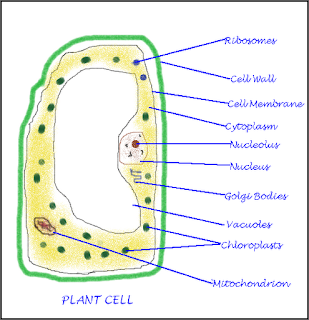Food: Where Does It Come From?
 |
| Different Types of Foods (credits: wikimedia) |
Worksheet
Q1: Ingredients are used to prepare food. Write down the sources of the following ingredients?
| Food Item | Ingredients | Sources |
|---|---|---|
| (a) Idli | Rice | Plant |
| Urad Dal | _____________ | |
| Salt | _____________ | |
| Water | _____________ | |
| (b) Kheer | Milk | Animal |
| Rice | _____________ | |
| Sugar | _____________ | |
| (c) Chicken Curry | Chicken | _____________ |
| Spices | _____________ | |
| Oil | Plants/Animals | |
| Water | _____________ | |
| (d) Jalebi | Maida | _____________ |
| Saffron | ____________ | |
| Ghee | _____________ | |
| Sugar | _____________ |
Q2: Give two examples of the following:
Herbivores: ____________________________________________________
Carnivores: ____________________________________________________
Omnivores : ____________________________________________________
Plants whose stem is edible: ________________________________________
Plants whose roots are edible: ______________________________________
Scavengers: _________________________________________________________




